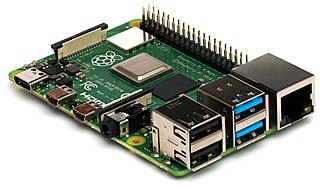 KFC to temporarily suspend use of slogan 'It's Finger Lickin' Good' amid pandemic
KFC to temporarily suspend use of slogan 'It's Finger Lickin' Good' amid pandemicBy Alex Nitzberg. Updated: August 24, 2020 - 8:09pm
The Kentucky Fried Chicken fast food chain on Monday announced that it will temporarily stop using its decades-old slogan, "It's Finger Lickin' Good," in advertising because the slogan does not seem appropriate amid the ongoing public health crisis.
Ummmm.... Are people aware of the fact that you're only supposed to be licking your own fingers?




